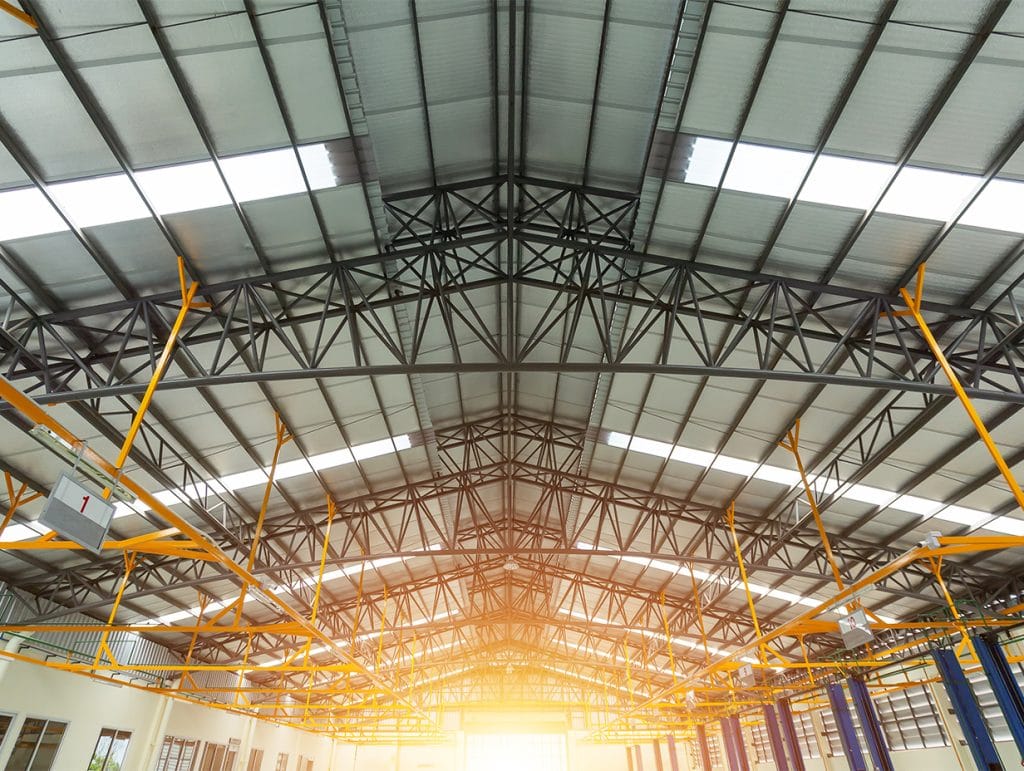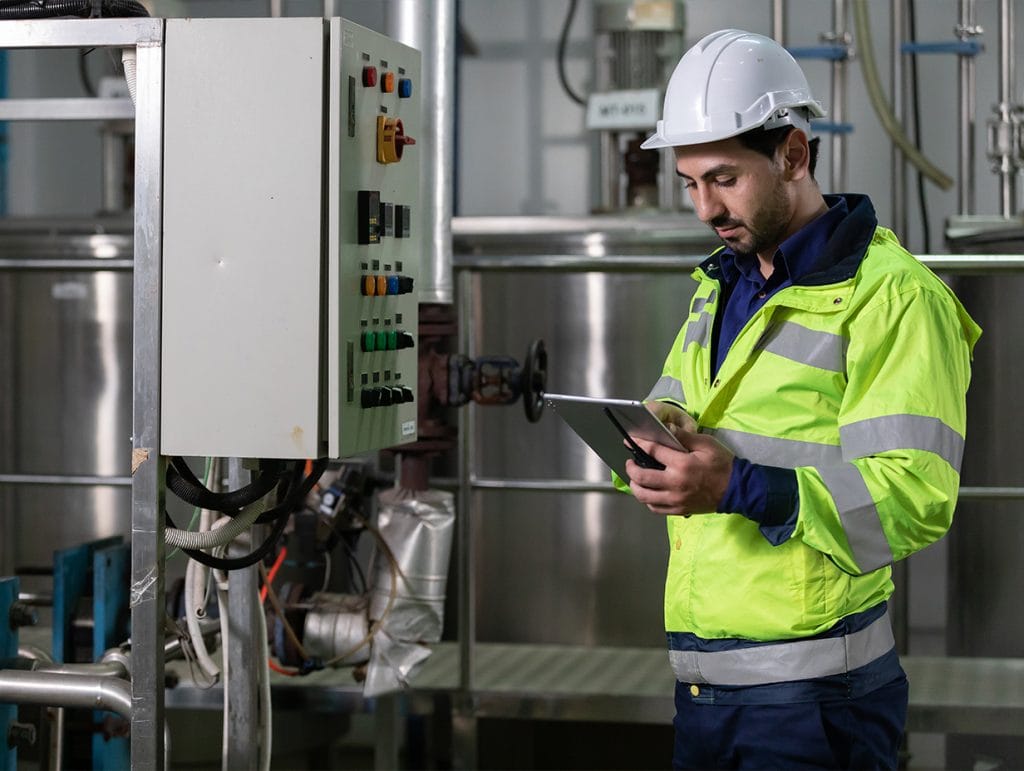Switching to LED lighting has become one of the most popular energy-efficient upgrades for both homeowners and businesses. As energy prices climb and environmental awareness grows, many property owners are asking the same question: Are LED retrofits worth the investment?
In this article, we’ll explore the real costs and benefits of LED retrofits, how long it takes to see a return, and how to choose the right retrofit strategy for your space.
What Is an LED Retrofit?
An LED retrofit refers to replacing traditional lighting, like incandescent, halogen, or fluorescent bulbs, with LED (light-emitting diode) technology. This can be as simple as swapping out a light bulb or as complex as upgrading an entire lighting system, including fixtures, wiring, and controls.
The goal of an LED retrofit is to improve energy efficiency and lighting quality, as well as reduce ongoing maintenance. Retrofits can be done in homes, offices, warehouses, retail stores, and industrial facilities.
Top Benefits of LED Retrofits
1. Significant Energy Savings
One of the most compelling reasons to switch to LED lighting is the substantial reduction in energy use. LEDS are up to 90% more energy efficient than traditional lighting technologies. This translates into lower monthly utility bills for both residential and commercial spaces.
For example, replacing a single 60-watt incandescent bulb with a 10-watt LED can save over $100 in energy costs over its lifespan. Multiply that across an entire building, and the savings quickly become substantial.
2. Longer Lifespan and Less Maintenance
LEDs are built to last. Most LED bulbs are rated to last between 25,000 and 50,000 hours, compared to just 1,000 hours for incandescent bulbs and 8,000–10,000 hours for compact fluorescents.
That means fewer replacements, less downtime, and reduced maintenance costs over time—especially beneficial for commercial and industrial facilities.

3. Better Lighting Quality
LEDs offer superior lighting performance. They provide brighter, more consistent illumination with better colour rendering (CRI), which means colours look more natural. Unlike some older lighting technologies, they also turn on instantly and don’t flicker.
Improved lighting can enhance productivity in workspaces, create a more welcoming retail environment, and improve safety in areas like warehouses and parking lots.
4. Environmental Impact
Switching to LED lighting is also an eco-conscious choice. LEDs contain no hazardous materials like mercury (common in fluorescent bulbs), and their lower energy usage helps reduce greenhouse gas emissions. Making the switch is a small but impactful step toward more sustainable living and business operations.

Understanding the Cost and ROI of LED Retrofits
A common hesitation around LED retrofits is the upfront cost. While LED bulbs and fixtures have dropped in price in recent years, a complete retrofit can represent a significant initial investment, especially for large or commercial properties.
That said, the long-term financial return is compelling. Most property owners see a return on investment (ROI) within 1 to 3 years, thanks to energy savings and reduced maintenance.
Here’s a simplified example:
- Upfront retrofit cost: $5,000
- Annual energy and maintenance savings: $2,000
- Break-even point: 2.5 years
After the break-even point, those savings go directly to your bottom line.
In Alberta and across Canada, rebates and incentive programs are available to help offset the cost of commercial LED upgrades. Be sure to research what’s available in your area. Here are some available programs in Alberta as of 2025:
- Clean Energy Improvement Program (CEIP)
- Emissions Reduction Alberta (ERA) – Capital Retrofits Program
How to Choose the Right Retrofit Strategy
Not all LED retrofits are the same. The right solution depends on your existing lighting setup, budget, goals, and how the space is used. Here’s how to get started:
1. Assess Your Current System
Walk through your home or building and note what kinds of fixtures you currently have. Are they compatible with LED bulbs, or will you need new fixtures? Are there specific areas, like high ceilings or exterior lighting, that require durable or specialty lighting?
2. Define Your Goals
Are you looking to reduce utility costs, improve visibility, modernize aesthetics, or all of the above? Knowing your goals helps guide product selection and strategy.

3. Factor in Controls and Smart Systems
LED systems can be paired with dimmers, motion sensors, daylight sensors, and smart building systems to maximize energy savings. Adding these controls may increase upfront costs but significantly improve long-term efficiency and customization.
4. Work With a Licensed Electrician
For best results, work with a licensed electrical contractor, and include your electrician early in the planning process to save money. They offer professional LED retrofit assessments, product recommendations, installation, and help with navigating rebate programs. We ensure your system is safe, efficient, and tailored to your space.
Are LED Retrofits Worth It? The Bottom Line
For most homeowners and businesses, yes, LED retrofits are absolutely worth it. Despite higher upfront costs, the long-term savings, improved lighting quality, and lower maintenance requirements make it a smart financial and environmental decision.
Whether upgrading a single room or an entire facility, the benefits of LED lighting can be seen almost immediately. And with rising energy prices, the sooner you switch, the sooner you save.
Ready to Make the Switch?
At Kreistrom Electrical, we help Alberta homeowners and businesses upgrade to energy-efficient LED systems that save money and reduce maintenance. Contact us today for a custom retrofit consultation and start seeing the benefits of LED lighting.







